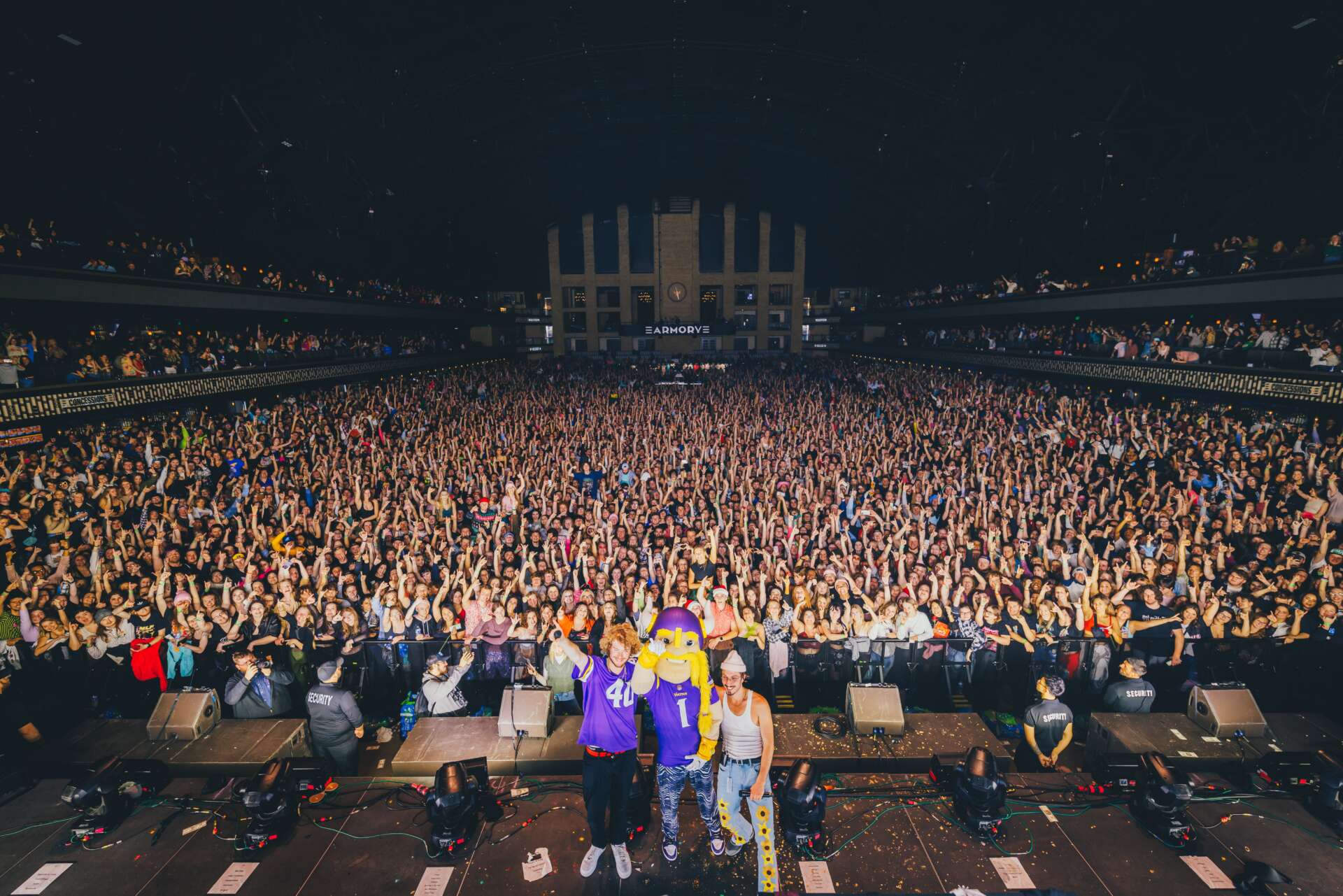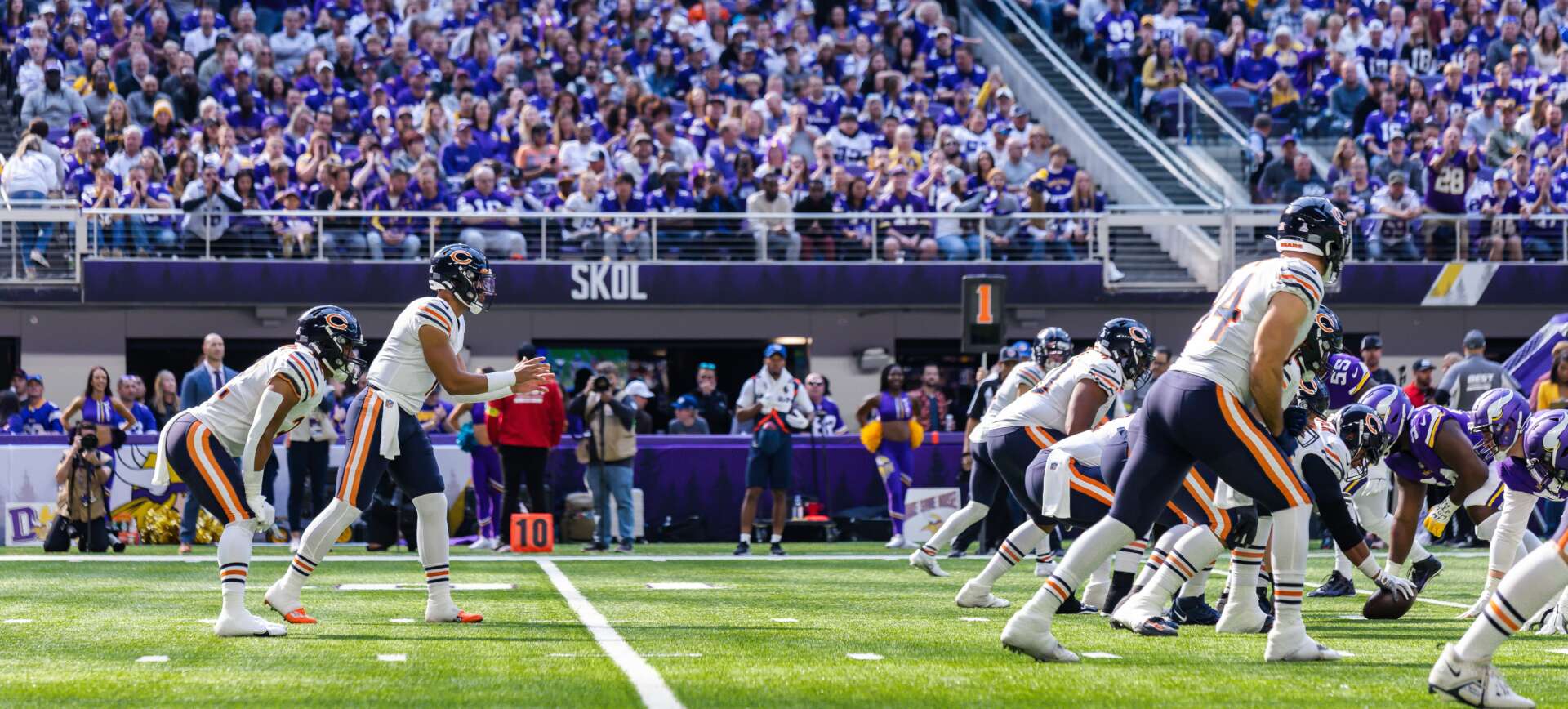We caught up with the brilliant and insightful Andrew Dobin a few weeks ago and have shared our conversation below.
Hi Andrew, thanks for joining us today. Let’s jump right into the heart of things. Outsiders often think businesses or industries have much larger profit margins than they actually do – the reason is that outsiders are often unaware of the biggest challenges to profitability in various industries – what’s the biggest challenge to profitability in your industry?
My photography work is in a variety of genres including concerts, weddings, branding, corporate events, and sports. Within each of these genres, the potential profits one can earn will vary wildly, and simply finding clients within some genres is exponentially harder than others. But for all genres, there is a barrier to entry whether skill, gear, or access, and these barriers mean the number of photographers available for different jobs varies, and thus the prices that they can charge for their work. Concerts, for example, are highly sought after and one of the most fun experiences to photograph but as a result, the number of photographers willing to do the work is massive and the industry is less likely to pay higher rates knowing they can likely find someone willing to do the work for very little or sometimes nothing more than exposure and experience. Contrast this with weddings and even more with corporate work, where the supply of photographers is less, those working in the industry are less willing to work for lower rates because these jobs are a great deal of work, and the expectation for images often requires a good amount of investment in gear and experience to produce images to the quality clients expect. Simply put, the images you create are only as valuable as their exclusivity and the value they have to the client whether that’s an incredible concert, once-in-a-lifetime memories, or high-profile brand marketing. It often surprises people when I tell them which jobs pay the most and that the most glamorous and sought-after jobs pay the least. But when you consider a wedding will happen once, companies use images to create profit, or that every concert has hundreds to thousands of fans snapping images of a single artist at any given show, the value of an image makes more sense. And the work involved in any given image means hours of work on networking, planning, marketing, and editing, in addition to the time spent photographing.



Great, appreciate you sharing that with us. Before we ask you to share more of your insights, can you take a moment to introduce yourself and how you got to where you are today to our readers
I am an event photographer based out of Minneapolis, MN and have been working in music, live events, weddings, sports, and corporate photography for about 6 years. I began my photography journey working solely in live music capturing as many shows as I could get approved for and over time expanded to weddings, portraits, and business branding. I am entirely self-taught and I take a lot of pride in this as I think it’s endlessly empowering to know you can teach yourself a skill but also one which gives you joy and fulfillment. I have been the house photographer for The Armory in Minneapolis since 2019. I also work with various sports leagues, brands, and local businesses in the Twin Cities area. If there is anything I would like for my potential clients and followers to know about my brand it is that the client’s vision is my top priority, and ensuring a positive and memorable experience while delivering consistent quality is crucial.
Can you tell us about what’s worked well for you in terms of growing your clientele?
Being decisive with my networking and knowing what types of work I enjoy and want to grow my business in has helped me grow my ideal clientele. The phrase “It’s who you know, not what you know” rings very true within the photography industry. Most crucial to this though is to be decisive in how you go about finding, building, and maintaining connections. I’ve been very conscientious of the connections I make because casting a wide net, while potentially good for the volume of work when starting out, is not the best way to foster relationships with clients or build your business. Furthermore, if you are seeking out clients you enjoy working with it will come through in how you connect with them and the level of work you provide because your heart will be invested in the process and not the pay. Building genuine relationships with my clients has also allowed me to continue working and partnering with them for many years.




Is there something you think non-creatives will struggle to understand about your journey as a creative?
Unlike traditional trades or careers, there is no manual or school for how to do much of what it takes to survive as a freelance creative. If you ask most creatives I know many would agree that you quickly learn to do much more than your craft and often times the craft itself is just a minority consumption of your time. You are an accountant, a marketing manager, a networking coordinator, a communications specialist, a relationship manager, your own IT deptartment, and the only one responsible for your results.
Contact Info:
- Website: www.northstarimagery.com
- Instagram: www.instagram.com/northstarimagery
Image Credits
Northstar Imagery (myself)


